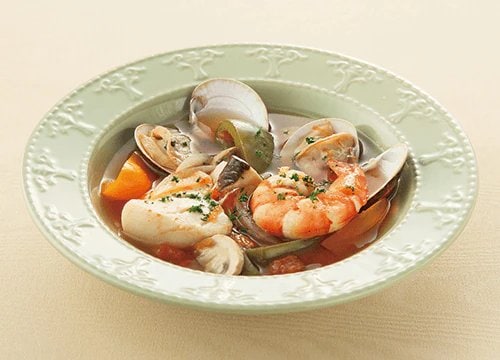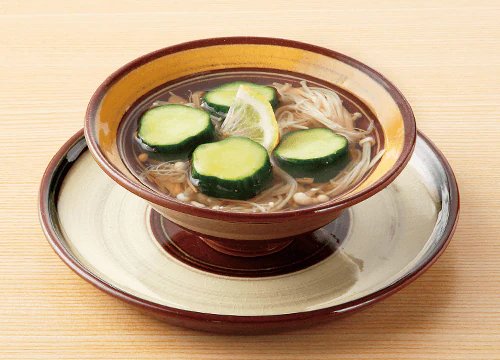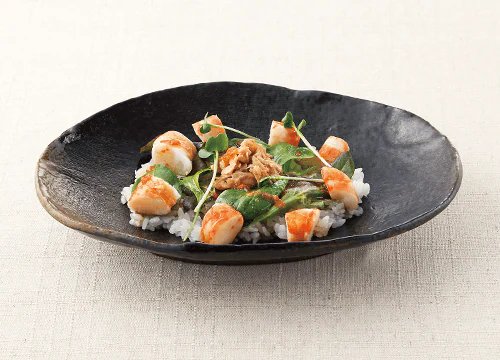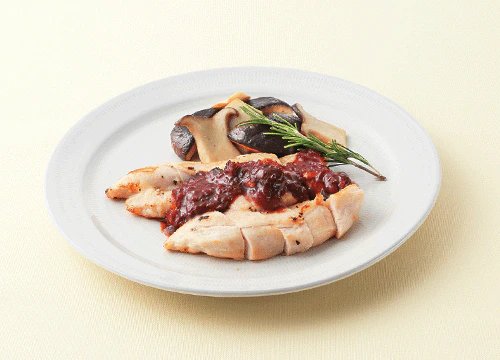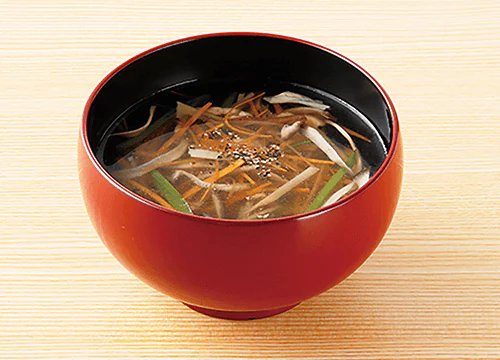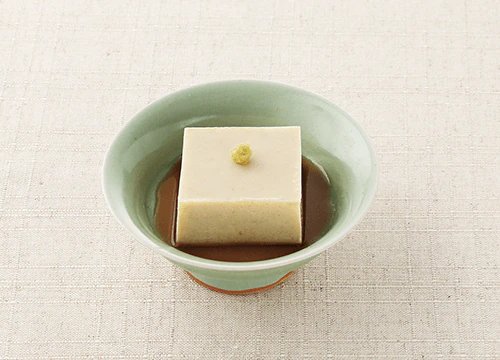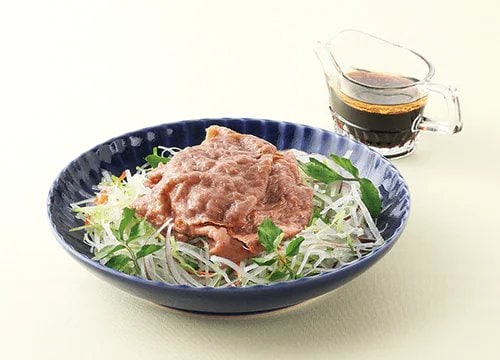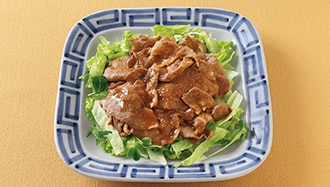Simmered Daikon and Tsukune Meatballs
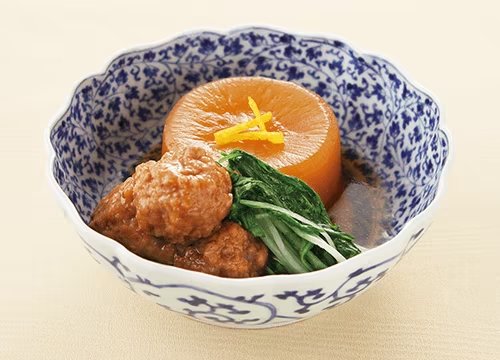
Ingredients (Serves 4)
-
1/2 medium daikon, about 8-10 cm / 3-4 in. diameter
-
Water*1
-
50 g / 1.8 oz. mizuna Japanese mustard greens
-
720 ml / 3 C dashi stock
-
3 T Kikkoman Soy Sauce
-
2 T Kikkoman Manjo Mirin
-
200 g / 7 oz. ground pork or chicken
-
1 T beaten egg
-
1 T grated yamato-imo glutinous yam or naga-imo Chinese yam
-
1 t granulated sugar
-
1 t Kikkoman Soy Sauce
-
1/4 t salt
-
2 t juice squeezed from grated ginger
-
1 T water
-
Sansho Japanese mountain pepper powder
-
-
Yuzu citrus peel for garnish
- *1 C (U.S. cup) = approx. 240 ml; 1 T = 15 ml; 1 t = 5 ml
Directions
-
1
To prepare the daikon, cut 4 round slices, each 3.5 cm / 1.4 in. thick. Peel the thick skin. With a knife, make shallow cross-scoring*2 about a quarter of the depth of the slice (see photo). Round off edges of each slice and boil in enough water to cover the daikon over low-medium heat for 40 minutes, until tender. Allow to cool and then rinse. Drain and pat dry with paper towel.
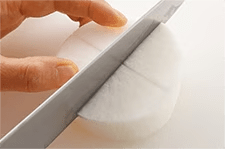
-
2
Cut the mizuna into 3 cm / 1.2 in. lengths and set aside.
-
3
Place the simmering liquid ingredients in a saucepan. Add the daikon slices and cover with a drop-lid or parchment paper. Cook for 40 minutes over low heat.
-
4
Combine the tsukune ingredients in a bowl, mix and knead well. Form 12 balls using two wet tablespoons; this will make it easier to form the balls. Add the meatballs to the simmering liquid in the saucepan and simmer for 5 minutes over low-medium heat. Skim off the froth, which is aku.
-
5
Pour 120 ml / 1/2 C of the simmered liquid into another saucepan; add the mizuna and parboil, then remove.
-
6
Place the daikon, tsukune and mizuna in individual bowls. Pour simmering liquid over the ingredients and garnish with slivers of yuzu peel.
- *1Use rice water if available. This is water used to rinse rice prior to cooking. Rice water extracts unsavory smell, resulting in a more refined taste, and is used for parboiling daikon.
- *2See Fundamentals 101 for more on kakushi bocho scoring technique.
Recipe by Kikkoman Corporation
Other recipes in this series

Post your creation!
Kikkoman Global (@kikkoman_global)
is posting Kikkoman Recipes.
If you made this recipe, please post it with the hashtag #KikkomanLife
We love to see your creations on Instagram!




